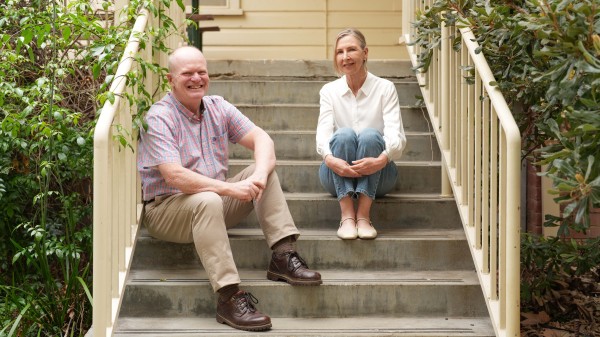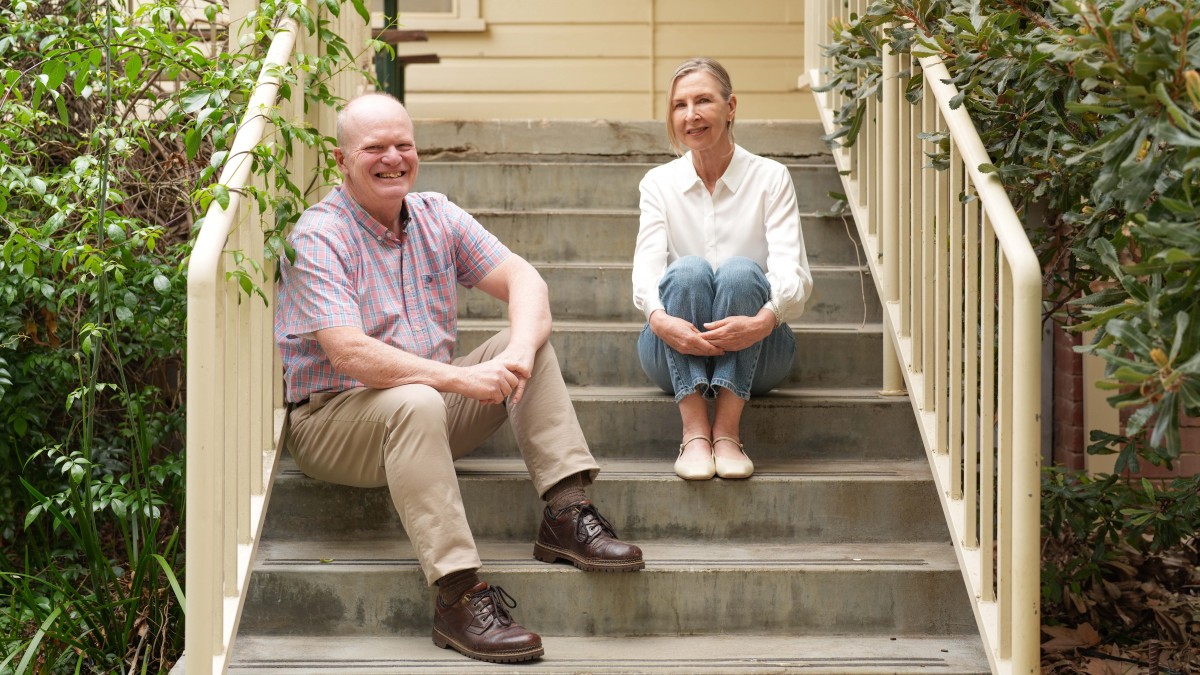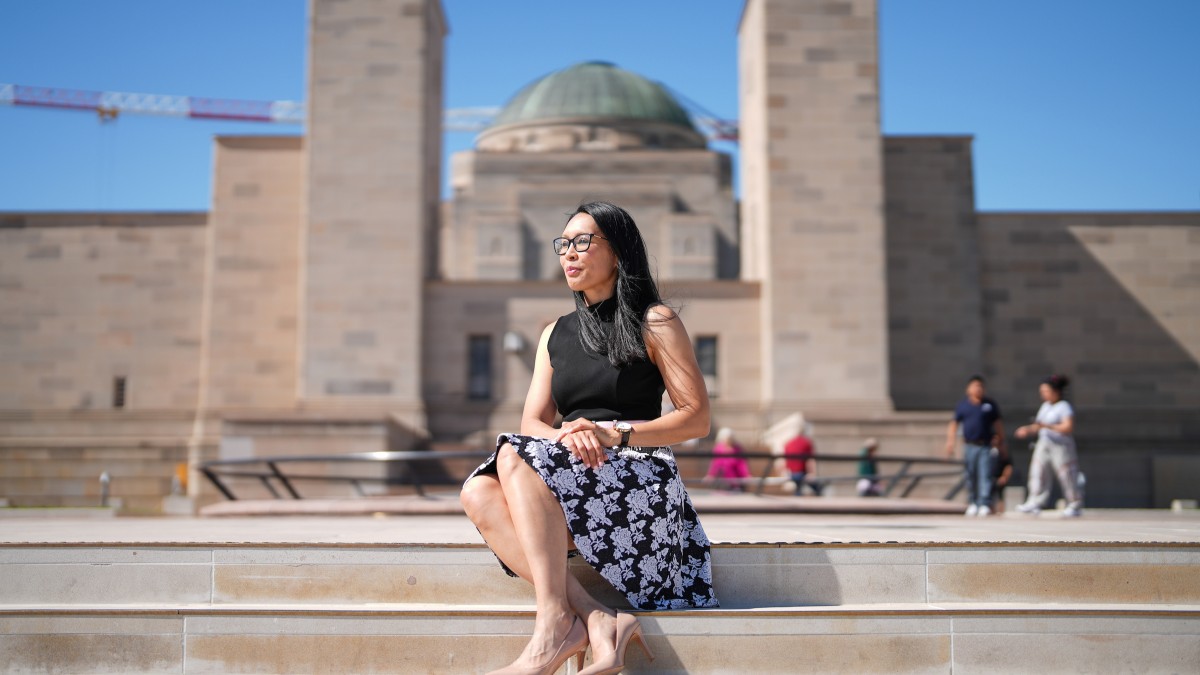To celebrate #BalanceforBetter, the theme of this year’s International Women’s Day, we asked researchers from schools within science, health and medicine which have the highest, lowest, and most balanced percentages of female academic representation, to reflect on gender equality.
At a university where we have had considerably more vice-chancellors called Ian (two) than we have had female vice-chancellors (zero), it should be clear that when we’re talking about gender balance, we mean an imbalance.
But in the case of the ANU Research School of Population Health (RSPH), the scales are actually tipped in favour of women, who account for seventy-five percent of the academic staff: the highest percentage of any school within both the College of Health and Medicine and the College of Science.
“We have almost been accused of lacking diversity because we are so female heavy,” says Professor Lyndall Strazdins, the Director of RSPH.
If, according to the theme of International Women’s Day, we are aiming for gender balance, then where does this leave RSPH?
“On the one hand, I think we do want diversity in our staff,” Professor Strazdins says. “On the other hand, I’m loathe to undercut women’s success. That’s what we’re trying to balance.”
“Would we seek to become 50-50? Well, what you would do is undercut a successful, supportive environment for women. I don’t think that’s the spirit of initiatives such as the SAGE pilot of Athena Swan.”
Professor Strazdins suggests I talk to some male academics at the school, to hear their view of being in a minority, so I do. Dr Richard Burns sounds surprised upon hearing the exact proportion of his female colleagues, and then adds, “On reflection, it does remind me of what excellent research and professional staff we have!” Associate Professor Philip Batterham agrees, saying, “I don’t really think of myself as being in the minority, perhaps because I am used to it or because it doesn’t trouble me. The best researchers I work with are women.” Dr Tinh Doan, the only man in the Society, Culture and Health research group, says he has previously had workplaces where men are in the majority, and he “absolutely loves” working at RSPH.
In some ways, the preponderance of women at RSPH is not a straightforward victory for female representation, Professor Strazdins says. It is an illustration of the labour market phenomenon of female-dominated fields having less prestige, and therefore attracting fewer men.
“The female-dominated disciplines have characteristics like social good, helping, and changing the world, and population health is all about that. Population health also receives far less NHMRC funding relative to the other medical and biomedical sciences.
“So the problem is, to my mind, not the gender breakdown of the school but how the discipline is viewed, which is itself gendered. We need to elevate the prestige and value of the discipline. There’s a higher-order gender construct that surrounds us all.”
Gender constructs have similarly contributed to the ANU Research School of Physics and Engineering (RSPE) having only 22 percent of its academic staff being female: the lowest among research schools in the College of Science. According to Associate Professor Matthew Sellars, Senior Fellow at the RSPE Laser Physics Centre, “gendering” of STEM subjects starts at school.
“Women are not being given the perception that physics is a pathway for them. From primary school to high school to undergraduate studies, we see women dropping off in physics all the way through, for reasons they shouldn’t be.”
While this might seem, as Associate Professor Sellars calls it, a “conceptual problem”, the consequences are very real: only 24 percent of students taking physics in the HSC last year were girls, despite studies clearly showing no difference in performance in STEM subjects between the sexes.
A special report by New Scientist into the barriers women face in physics found that by far the most common advice successful female physicists offered to other women is to seek out supportive mentors and colleagues. This is borne out at RSPE in research groups where the genders are more balanced.
In Associate Professor Sellars’ group, half of the graduating PhD students have been female. Dr Manjin Zhong is among them, and says she doubts she could have finished her PhD without the support of her supervisor and colleagues. Her PhD coincided with a difficult pregnancy, and the challenges of new parenthood combined with postnatal depression.
“During this time, my supervisor and colleagues kept me updated on the group and reminded me that they are there to support me no matter what happened. Though the situation lasted about one and half years, they did not abandon me, and with their help, I went back to ANU and finished my thesis.”
Dr Zhong is now principal investigator for a new multimillion dollar research group at China’s Southern University of Science and Technology.
In Professor Chennupati Jagadish’s Semiconductor Optoelectronics and Nanotechnology Group at RSPE, four out of seven academic roles are currently occupied by women. He says diversity within research groups is essential, and not just in gender. At any one time, he says, his group can have staff and students from ten to 12 different countries.
For Professor Jagadish, the notion of hiring based on standard metrics of “merit” is illusory.
“This is a short-sighted way of looking at life. When you have two candidates, you have to look at the circumstances that one has gone through and consider whether they have they had all the opportunities which the other person has got. They might not have had the opportunities to reach their full potential, or to develop the same self-confidence.”
Professor Jagadish says his approach is informed by his upbringing, “studying under a kerosene lamp in a very small Indian village”.
“So many people helped me in my life, and now my job is to help others achieve their dreams and goals. Success to me is seeing the people around me being successful, not just the group leader.”
As to whether this approach has affected the quality of the physics, he says: “We are one of the top groups in the world, and the research has only improved with the more women we take on in the group. It only strengthens the group.”
There is one research school within both the Colleges of Science, and Health and Medicine, which has achieved literal gender balance, with 50 percent male and female academic staff members: the ANU Research School of Biology (RSB).
However, as with all our research schools, including RSPH, that percentage decreases as seniority increases. At RSB, there are about half the number of female academics at the most senior level, relative to the most junior.
But this means nothing to the Callaghan Group, studying human disease and membrane transport. Led by Associate Professor Richard Callaghan, the group’s members, comprising honours, masters and PhD students, are all women. They haven’t experienced any discrimination, they say, and have no sense that their future careers will be at a disadvantage. Studies, like the one recently published in Nature showing 50 percent of American female scientists leave full-time science after their first child, are not relevant to them.
“Girls are told we can do anything and rightfully so,” says group member Elizabeth Whitty. “I don’t think there’s anything special about this group because we’re all females. We’re the best people for the group.”
And a future when we don’t need special days to draw attention to gender imbalance starts to seem like it might actually be possible.
Find out more about how International Women's Day is being celebrated across ANU.














